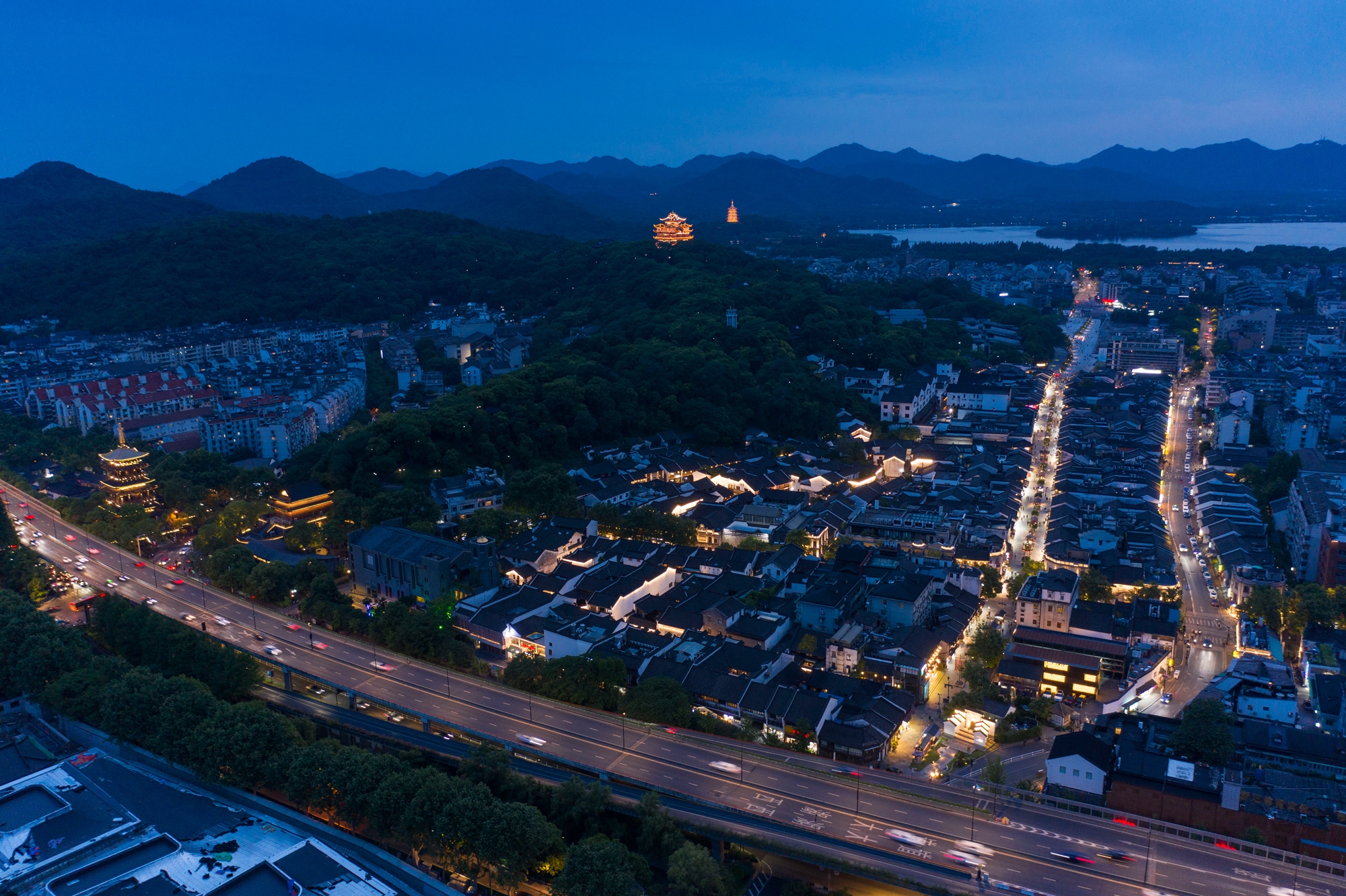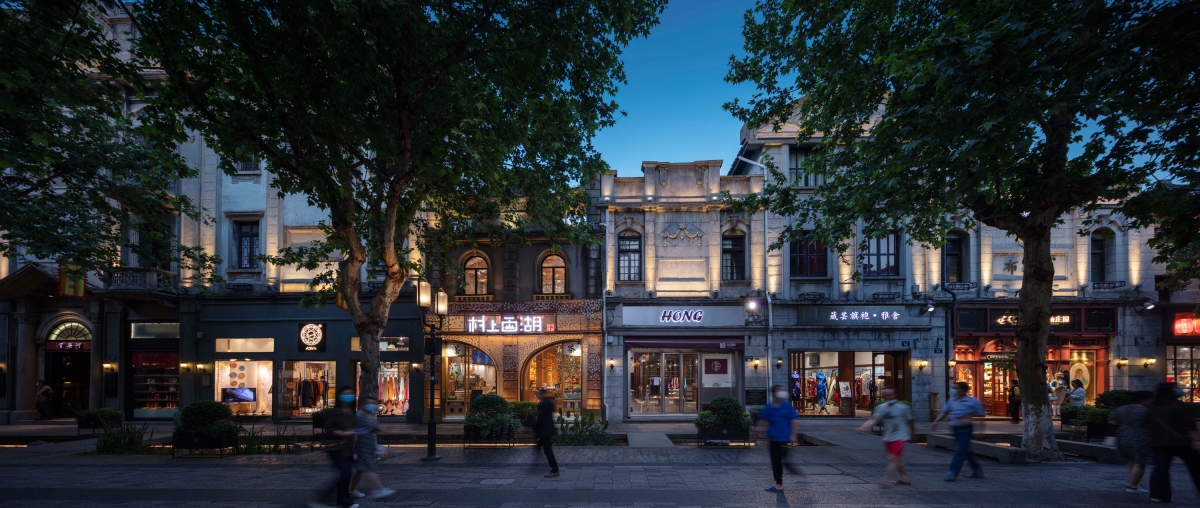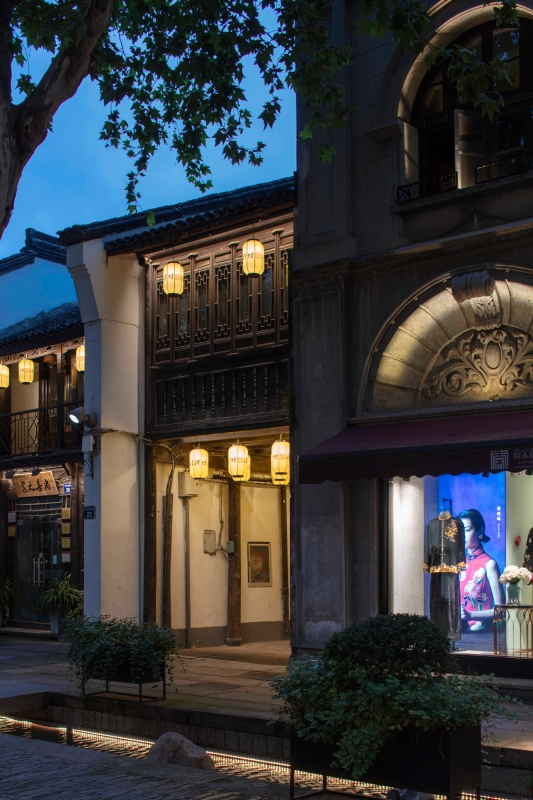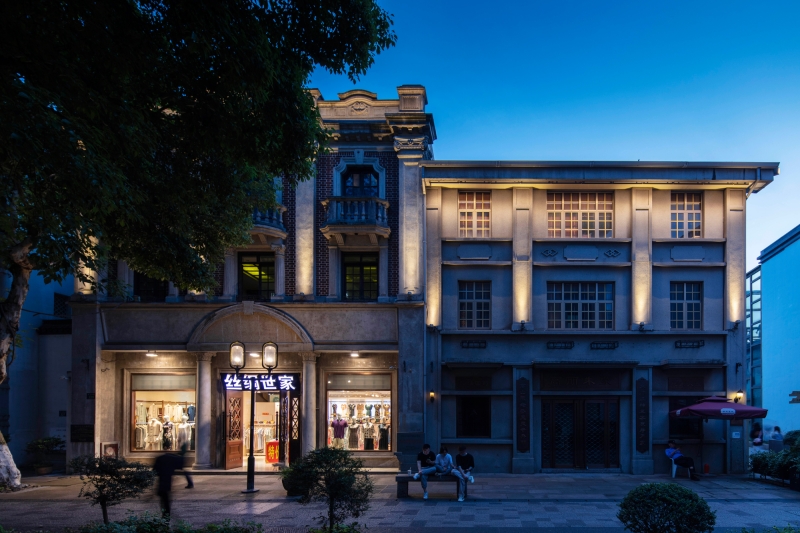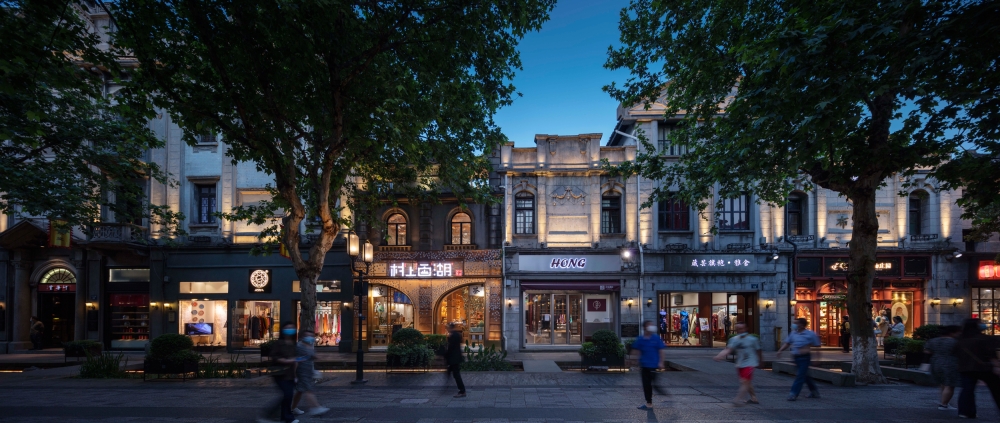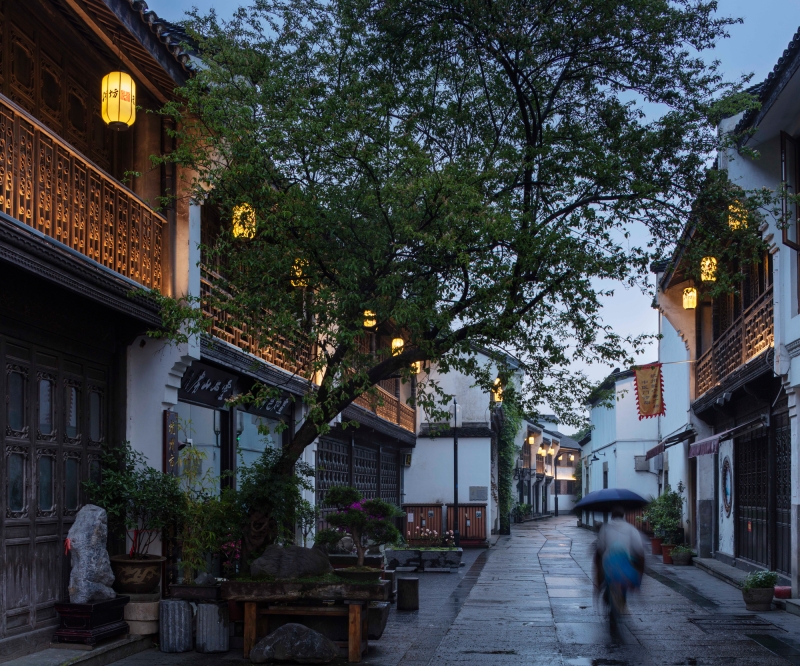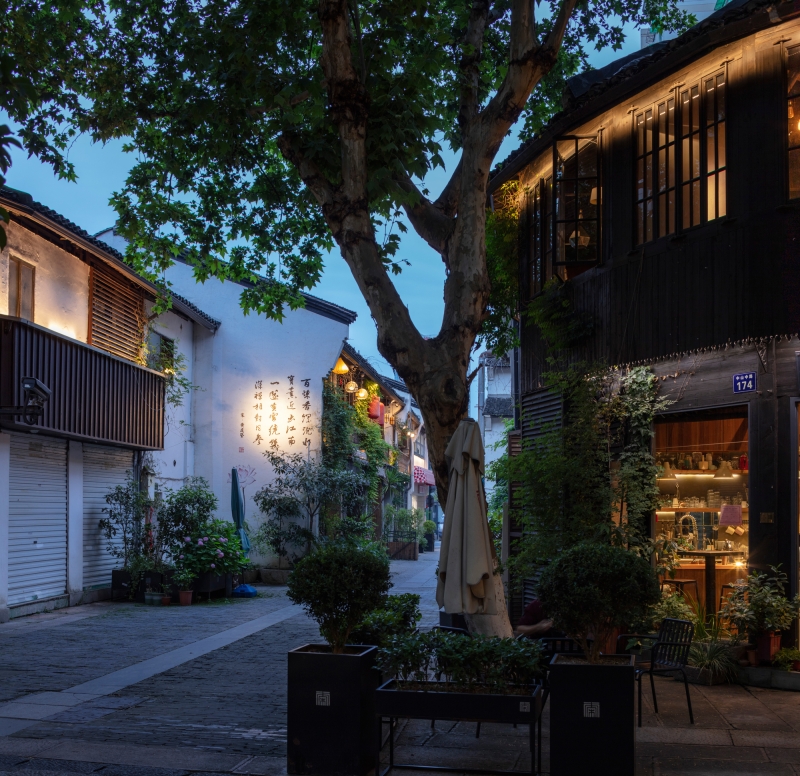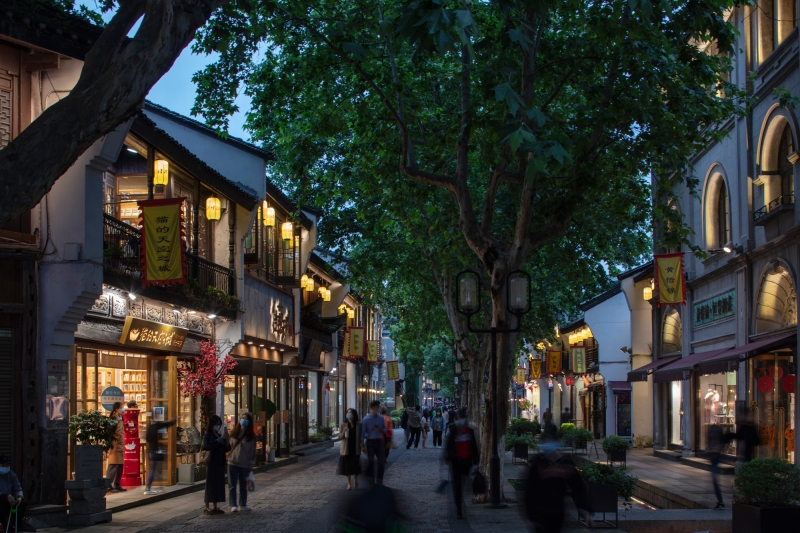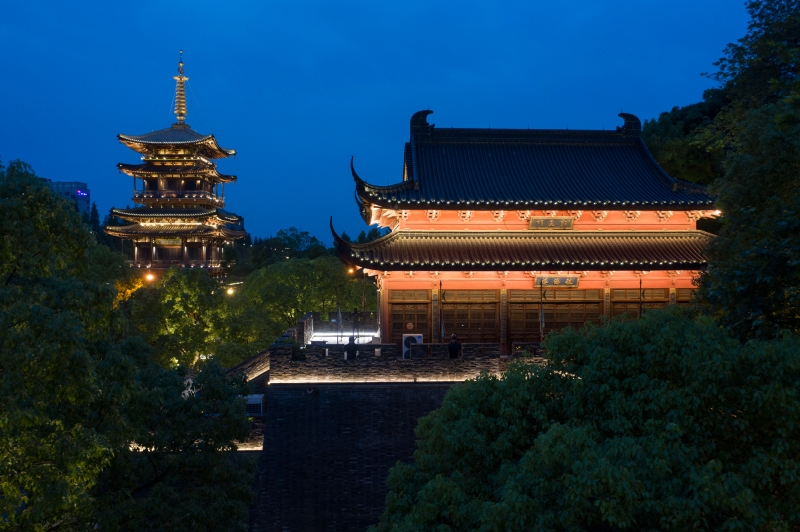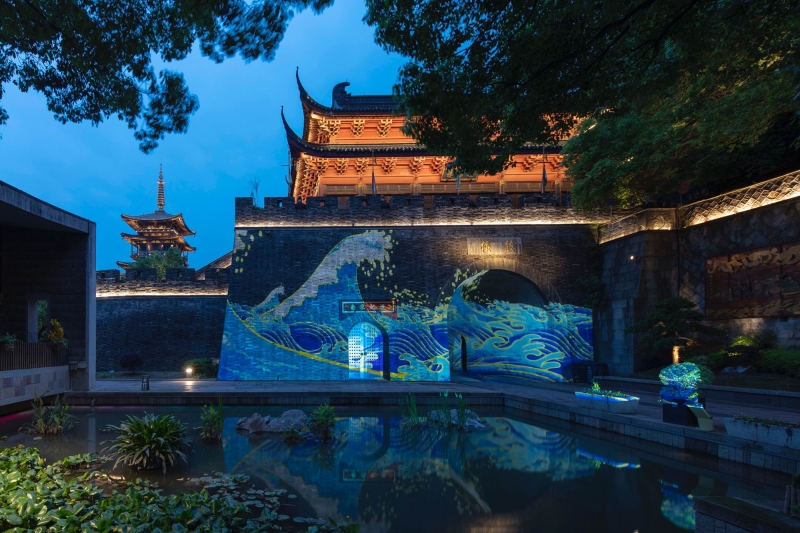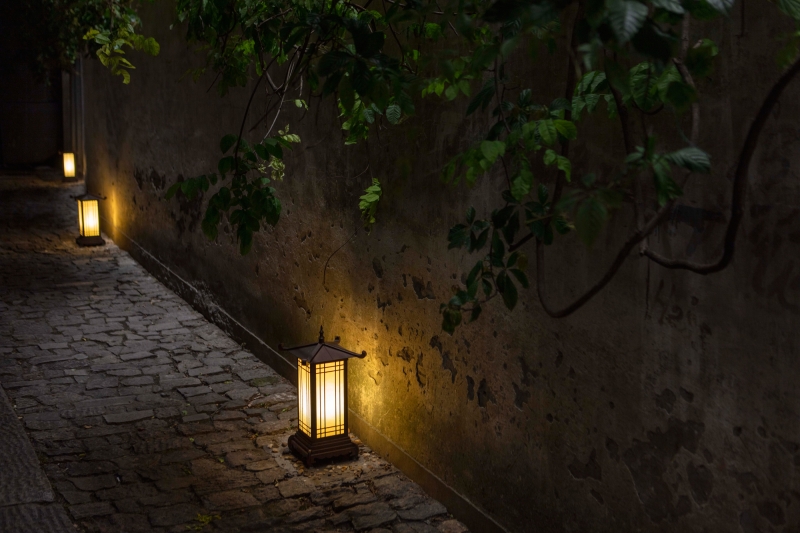Prize(s) Honorable Mentions
Company LIGHTING DESIGN INSTITUTE of UAD
Lead Designers Wang Xiaodong
Other Designer's names Song Luoying, Liu Yujie, Fu Dongming, Wang Wencheng, Zhou Xiaonan, Jin Yudi, Feng Baile, Wu Xuhui
Client Hangzhou Qinghefang Economic Development Co.,Ltd.
Photo Credits LIGHTING DESIGN INSTITUTE of UAD, Jia Fang
Completion Date 2021.12.31
Project Location Hangzhou, Zhejiang Province, China
Entry DescriptionQinghefang is as important to Hangzhou as Île de la Citéto to Paris, and St. Mark’s Square to Venice. In 2007, the Pritzker-Architecture-Prize winner Wang Shu, conducted a project renovating the Imperial Street, and preserved its historical context, houses and streetscape.
The lighting design emphasized practicability, and sought for poetry as well. As the street accommodates multiple heritage buildings, the designers researched on how to hide the pipelines while highlighting the structural details of the buildings at the same time. To restore the historical features of the street, they browsed through literature on related subjects, to find inspirations from the traditional patterns, furniture, architecture and paintings of Song Dynasty. Through this process, the designers developed Song-featured lamps, and incorporated elements unique to Song Dynasty such as eaves and patterns, which are quaint and impressive.
Moreover, to keep the street’s human-friendly scale intact, the design team also made great efforts to hide projectors, lamps and pipelines to bring a natural, harmonious experience for visitors.The landscape “Nine Walls” created by the architects is a popular. The nine feature walls incorporate daily objects used in the early 20th century in China, recalling the living scenes of the past days.
Sustainability ApproachThe project adopted a spatial layout of "one center, one axis, dual circles and multiple nodes" to create the night view. Taking the Chenghuang Pavilion at Wushan Mountain as the center, the light links up streets, historical remains and other major tour night attractions. Functional lighting is utilized as a part of the nightscape to increase the sense of harmony of the overall environment, and to fill streets, lanes and other public spaces with green, high-quality light. The designers selected high-caliber LED lighting fixtures with high light efficiency and low energy consumption, which are environment-friendly and help reduce operation costs. Besides, traditional lighting sources are replaced with LED ones, through which more than 50% of energy has been saved.

